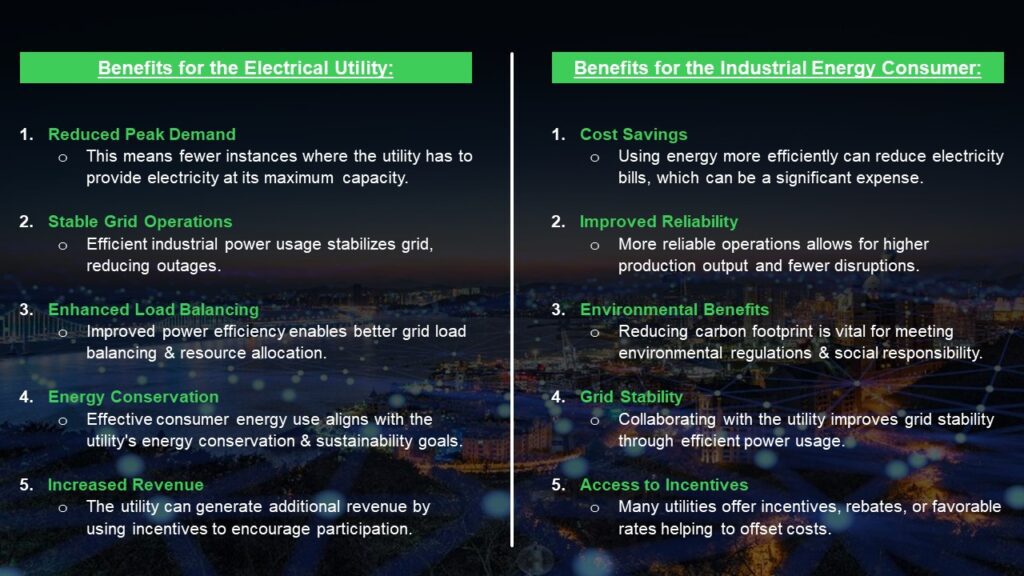There are two main reasons small and medium-sized manufacturing is such an interesting market right now: The size of the sector in any economy, and the opportunity for Schneider Electric to provide manufacturing digitization solutions that address some of the most prominent pain points of the industry.
According to the National Association of Manufacturers, there were 239,524 firms in the manufacturing sector and 93.1% had fewer than 100 employees. Additionally, the manufacturing sector accounts for 1/3rd of energy consumed in the United States. Fabricated metal products and food & beverage (F&B) are among the most energy intensive segments in manufacturing. Interestingly, these segments are top two in number of small and medium-sized firms.
What plant managers think about manufacturing digitization
In 2022, the EcoStruxure Power Partner team reached out to plant managers at various small and medium-sized facilities to better understand their pain points. The common priority for such manufacturers is always getting the product out.
We had a healthy participation from the F&B segment, with the two primary concerns among those interviewed being energy waste and equipment downtime. While these facilities have on-site maintenance teams, they lack the digital solutions needed to monitor their energy usage efficiently.
When discussing the use case for energy monitoring, a maintenance director of an F&B facility in the US remarked, “All I can say is turn things off when people are away.”
When asked about energy consumption goals, another director said “Within the next 12 months, I need to come up with a plan for actually monitoring so that then we can set really specific goals.”
They would like to monitor energy consumption of machines and be able to easily detect abnormal usage or trends that point to inefficiencies or faults brewing in the production process. Another plant director said, “The way the energy is being used can be an indicator of some issues. It can be used for diagnostic purposes. In the future, when we feel that we have more control over certain equipment, looking at its energy consumption can definitely be a next step for diagnostic, for prevention, even for general maintenance.”
Hearing this, we should ask ourselves — what solutions can we offer that help the industry solve their efficiency and reliability concerns?
Reading into their pain points, our solutions in energy monitoring and fault detection cover exactly what these manufacturers need. Our metering and load management portfolio align perfectly with their use cases. EcoStruxure Energy Hub-based solutions could provide such customers with energy monitoring and analytics to stay on top of their consumption and identify waste.
TeSys island-based solutions could help monitor motor loads and alert any abnormal electrical patterns. Cost-savings from such solutions are incredibly important to these customers with electro-intensive processes.
Awareness of manufacturing digitization solutions
While we have had great success in infiltrating the market by providing tailored solutions to larger customers through our end-user teams, there is great potential to replicate that success with small and medium-sized customers. However, awareness in this market is still quite low.
While larger companies appear to have sped up investing in new technologies for energy monitoring, the small and medium market still uses traditional approaches like contractors or staff to manage.
Many industrial consumers focus on energy consumption and how to better use their energy to curb utility costs. In doing so, they often overlook the mutual benefit of monitoring power and power usage efficiencies —such as power factor — and understanding the capital cost impacts of harmonics. Some of this can been seen in the following graphic.

The mutual benefit between an electrical utility and an industrial energy consumer in terms of power usage efficiencies lies in cost savings, improved reliability, environmental benefits, and grid stability. This collaborative approach aligns with the goals of both parties and contributes to a more sustainable and efficient energy ecosystem.
We face a great opportunity to tap into the business potential of the small to midsize manufacturing space. The time to act is now to show how Schneider Electric can provide value to these customers. To get started, check out our EcoStruxure Energy Hub and TeSys island solution pages for more information.



